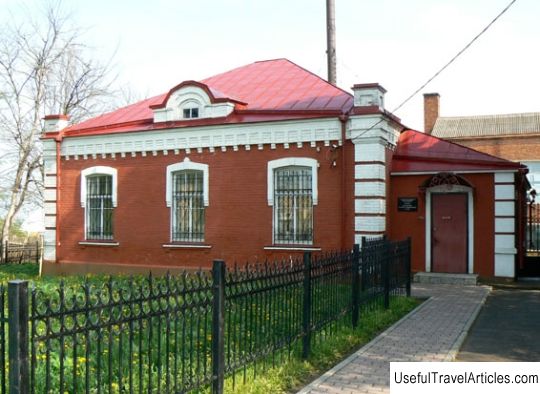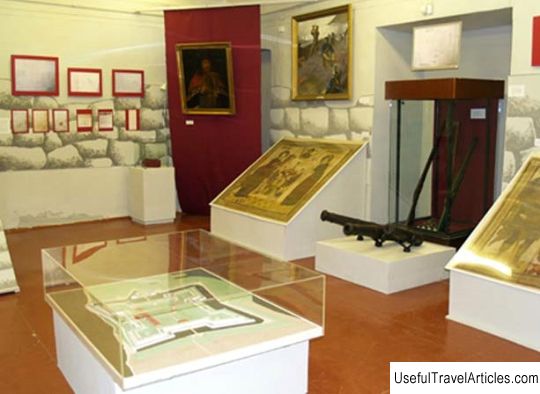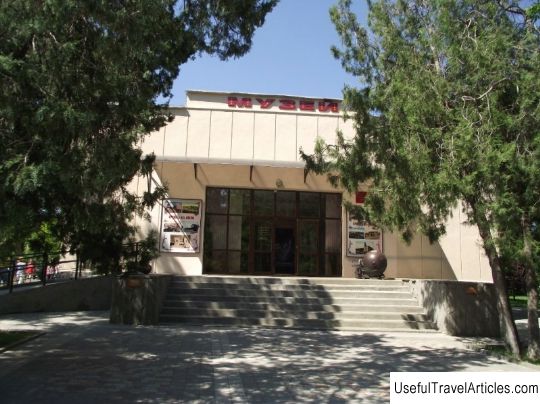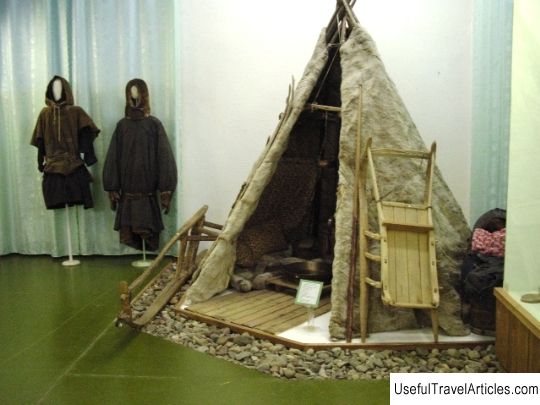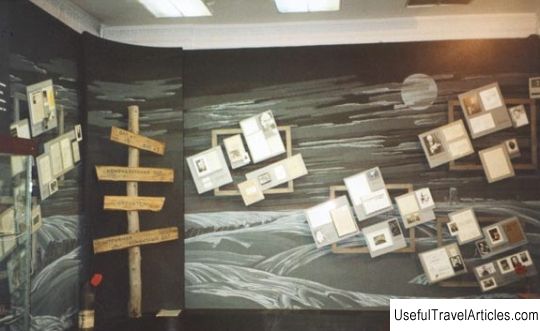Ostrovsky Museum of Local Lore description and photos - Russia - Northwest: Island
Rating: 8,0/10 (1232 votes) 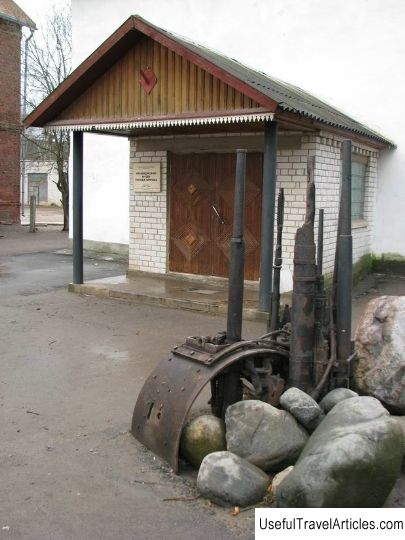
Ostrovsky Museum of Local Lore description and photos - Russia - North-West: Island. Detailed information about the attraction. Description, photos and a map showing the nearest significant objects. Photo and descriptionThe Ostrovsky Museum of Local Lore became part of the Pskov Museum-Reserve in 1980. In 1991, the Trinity Cathedral was fully transferred to the diocese, and the museum's exhibitions were transferred to the building of the previously functioning Alexandrovskaya women's gymnasium, while changing its status to local history. The subject matter of the museum has significantly expanded, new exposition exhibitions have begun to appear, which tell about the historical development of the city from the very beginning of its inception until the beginning of the 21st century. It is also important that the opening of the nature hall took place. The local history museum of the city of Ostrov in 2001 took over a new building on Liebknecht street, and on July 18 of the same year, the museum was officially opened. The exposition entitled "The Fortress" tells about the history of the city of Ostrov from ancient times to the initial stage of the Northern War. The earliest mentions of the Island date back to 1341, although long before that time, the first human settlements began to appear in the area of this area. Initially, this territory was inhabited by the Livs and Estonians, but over time these tribes drove out the Krivichi. On one of the banks of the Velikaya River, settlements began to multiply, and a little later in the middle of the river, on an island site, a small fortress was erected, originally wooden, and soon a stone fortress, in honor of which the city got its name as the Island. It was this fortress Ostrov that became the last line of defense of the city of Pskov from the southern side up to the Northern War itself. Numerous ruins from the fortress were preserved until the beginning of the Great Patriotic War, after which they were dismantled by fascist troops for the construction of a dam, as well as repair of roads. In one of the halls called “History of the Island of the 18th - early 20th century »One can clearly trace, following the plans of the photographs, how much the appearance of the entire city has changed, while smoothly moving from a warlike city to a merchant district town. After the Great Northern War was over, the Island was practically depopulated and gradually began to be irreversibly destroyed. At the end of the 18th century, a new stage in the development of the city appeared: stone construction began in its very center, when the stone Trinity Cathedral was erected, and the Pokrovskaya Church appeared at the very end of Polotskaya Street. In the Yekaterininsky village, the Church of the Savior Not Made by Hands was built during 1845, and by the end of the 19th century it turned into the female Spaso-Kazan Monastery. For some time in the middle of the 19th century, chain bridges of a unique kind were built across the Velikaya River, to the grand opening of which Emperor Nicholas I himself came. Also, the exhibition contains photographs depicting the city's architectural monuments that have not survived to this day. Furniture of the 19th century and an interesting collection of peasant dishes and utensils of this period are presented for viewing. The museum has a permanent exhibition dedicated to samovars, as well as various tea utensils of the late 19th - early 20th centuries. As you know, in Russia, since ancient times, they liked to drink tea, which was brewed with a variety of herbs. At the end of the 19th century, Chinese and Indian teas began to appear, which became the impetus for the emergence of samovars, which were literally in every family. The samovar was without fail included: a teapot, sugar tweezers, a tray and tea utensils. In the museum hall dedicated to nature, you can see a mammoth's tooth, various stuffed birds and animals, a hornet's nest - animals that live on the territory of this region. The museum has a hall called "The Great Patriotic War", which contains a rich collection of weapons and equipment from the Second World War. Today the group "Poisk" operates in the Ostrovsky Museum of Local Lore. The museum has an exhibition of television and radio equipment and auto and motor vehicles. All offered expositions are constantly updated and supplemented. Here you can get acquainted with the attributes of the Soviet era, busts, flags - symbols of the USSR.         We also recommend reading Daintree Rain Forest description and photos - Australia: Port Douglas Topic: Ostrovsky Museum of Local Lore description and photos - Russia - Northwest: Island. |
